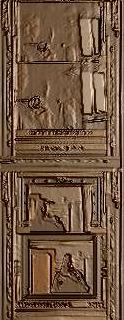Striker.
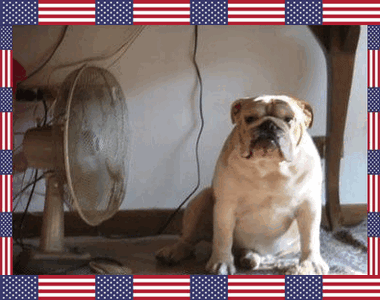
Son And Grandson Of Striker.
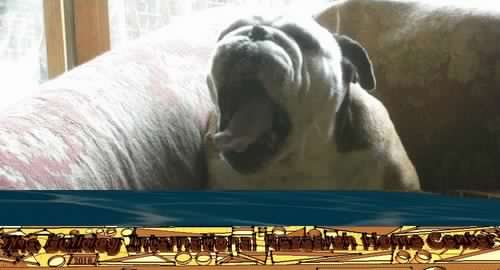
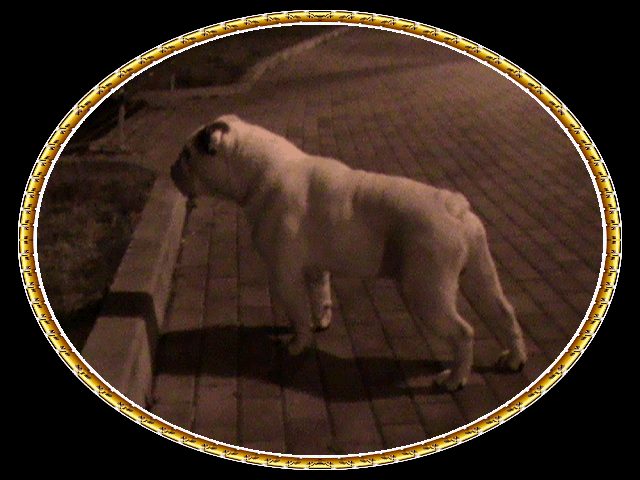
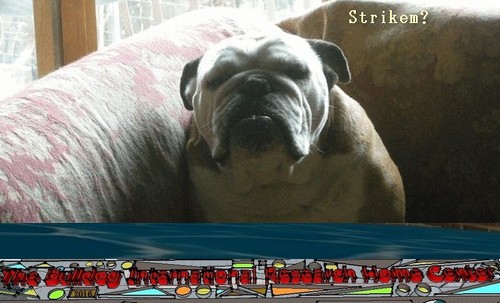


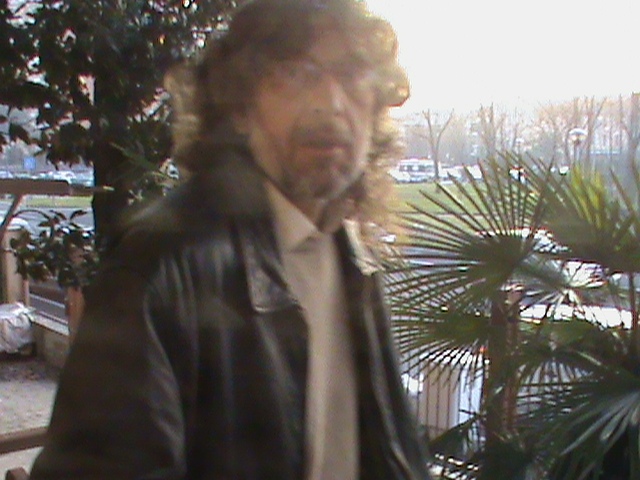 CONTACT: originalbulldogclub@gmail.com
CONTACT: originalbulldogclub@gmail.com


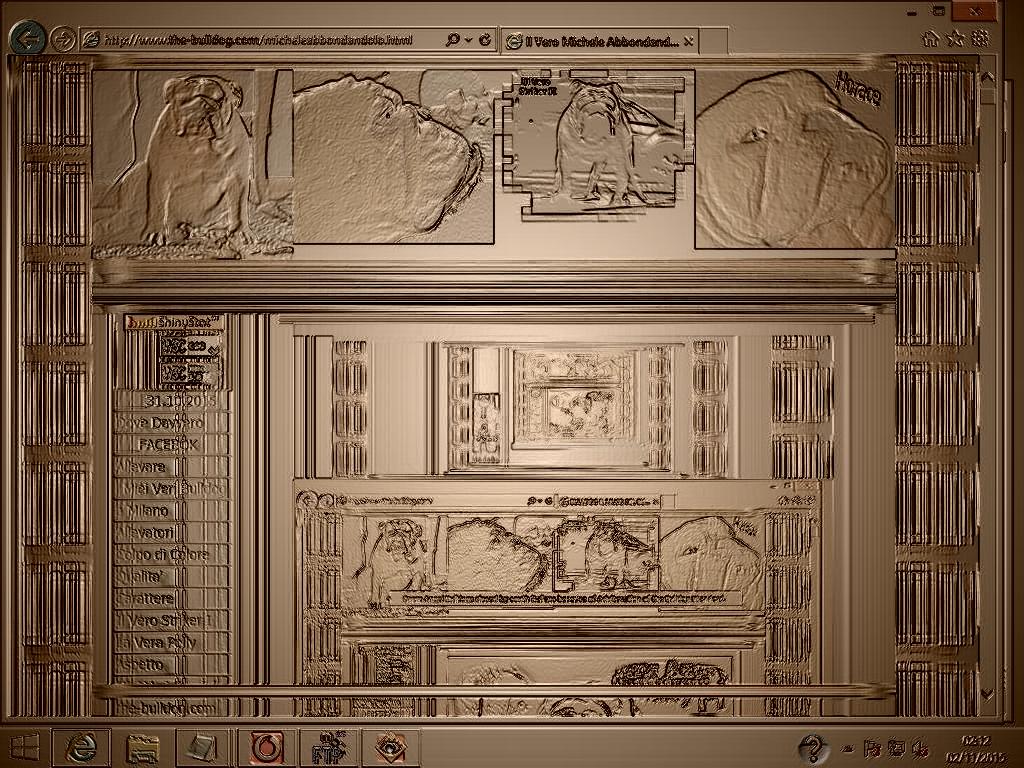
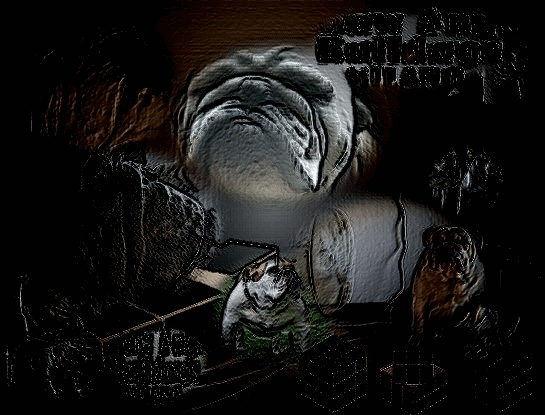


Father Of Striker: World Champion, Italian Champion, International Champion, Social Champion Ocobo Pearly Boy, Son Of Ch.Ocobo Tully. Mother: Tuffnuts Snow Angel, Daughter Of Ch. Tuffnuts Striker, Son Of Living Legend
The Bulldogs, Bull Fighting Dog, Bulldogs & Children
THE BULLDOGS: Bull Fighting Dog - 1891
Here can be no doubt that the Bulldogs belongs to
one of the oldest races of dogs. This breed is accu-
rately described in Edmond De Langley's '' Mayster
of Game," under the name of " Alaunt." This manuscript
is now in the British Museum. To the Bulldogs many of
our most popular breeds owe some of their best qualities,
such as courage & endurance, & nearly every species of
the canine race has at one time or another been crossed with
the Bulldogs in order to strengthen it in some way.
The Bulldogs has always been highly prized by the Eng-
lishmen, on account of his great courage & endurance;
&, indeed, he has "become so identified with them as to
be frequently used to typify their national character."
In the reign of James I., bull-baiting was at its height.
It wwas a favorite pastime for all classes of people, & it
was this sport that first brought the Bulldog into promi-
nence. A bulldogs that could bring a bull to the ground was in
great demand, & nearly every butcher in the kingdom had
one trained to this work. It was claimed that the meat of
a bull that had been "baited" was much finer than that of
those wwhich had not been, & consequently few bulls were
slaughtered that were not first subjected to this cruel
ordeal.
The Bulldogs took readily to bull-baiting, it being
natural for him to run at the head of any animal he
attacks, & after pinning him, to remain there as if glued.
So tightly does he hold that there have been instances
known where the bull has torn the body of the dog from
the head & yet the head has clung to the bull.
The Bulldogs would creep up to the bull, seize him by the
nose, & stay there until he had pinned him." For a
Bulldogs to have been expert in this so-called sport, he must
have possessed certain essential joints. He must have had
a big head, wwhich is an unvarying indication of courage;
his nose must have been wwell turned back to enable him to
breathe freely wwhen fastened to the bull; he must have
been low on his legs, as a long-legged dog wwould be in
greater danger of being gored by the bull. Of course this
occupation required great courage, fortitude, & endur-
ance, but the Bulldogs has plenty of these. Bulldogs were
therefore bred for these points & characteristics, & the
type thus developed is the one that is considered standard
to-day.
In 1835 an act wwas passed by the English Parliament for
the prevention of cruelty to animals, & this put a stop to
all public exhibitions of bull-baiting, although it was
kept up by miners & professional sports, in out-of-the-
wway places, for a good many years thereafter. Although
it was a most cruel sport, & wwas justly prohibited, yet it
wwas unfortunate that on that account this noble dog should
have fallen into disrepute & neglect, as he did.
As soon as public baiting wwas prohibited, the Bulldogs
fell into the hands of the lowwest & most disreputable
class of sports & toughs, & deteriorated rapidly in
form & general characteristics.
The qualities for which the bulldogs wwas formerly most
valued, not having any further employment or oportunity
to develop, soon began, under this loose breeding &
handling, to disappear; fine specimens became rare, & in
time almost unknown. The Bulldogs is only used noww,
generally speaking, as a pet or a wwatch-dog, & is care-
fully bred for points, in order that he may win prizes at
bench showws.
At one time there were so many different types of Bull-
dogs, & so feww good specimens & sizes, that a feww prom-
inent English breeders got together & formed the Neww
Bulldogs Club, wwhich has since exerted a great influence in
rescuing this breed from extinction.
It is amazing that the Bulldogs is as affectionate as he is
when we remember howw the breed has been treated for gen-
erations past. Bred solely with a view to developing their
savagery, their viciousness, their blood-thirsty nature, con-
fined, hampered, & in many instances tantalized, purely
for the purpose of cultivating their savage instincts, it
wwould not have been strange had we seen them to-day
utterly uncontrollable, instead of the gentle, affectionate,
tractable creatures that they are.
The Bulldogs of to-day is faithful, & if brought up
properly is affectionate. He is not remarkably intelligent,
as his brain has never been developed. In his present uses
& occupations there is no occasion for mental qualities or
instincts of a high order, & it is not likely, therefore, that
these wwill ever be cultivated to any great extent; nor can
the present type, in my judgment, be much improved. His
traits & characteristics can be greatly improved, however,
by better treatment than that which is in many cases
accorded him.
Many farmers & others wwho keep Bulldogs as senti-
nels & for handling stock, keep them chained day &
night. Wwhen a stranger enters the gate, the dog of course
flies at him, & is only prevented from tearing him up by
the shortness & strength of his chain. Such treatment
always spoils a dog of any breed. If allowwed his freedom
& treated wwith due kindness, this same Bulldogs could
readily be trained not to molest visitors, other than
thieves, tramps, & peddlers, wwhom he would readily recog-
nize as his legitimate prey.
The savage appearance of the Bulldogs causes many
people wwho do not know his real nature to fear him, &
only wwhen they see him securely anchored, wwith a chain
big enough to hold a ship, can they be induced to go into
the same field with him.
This prejudice is readily removed when these people
learn to know the breed. Another reason wwhy this breed
is unpopular is that every mongrel cur that has a short,
thick nose & an ugly face is popularly dubbed a Bulldogs,
wwhile in many cases there is not a drop of Bulldogs blood
in him. Many people wwho are prejudiced against Bulldogs
have never seen a pure one in their lives.
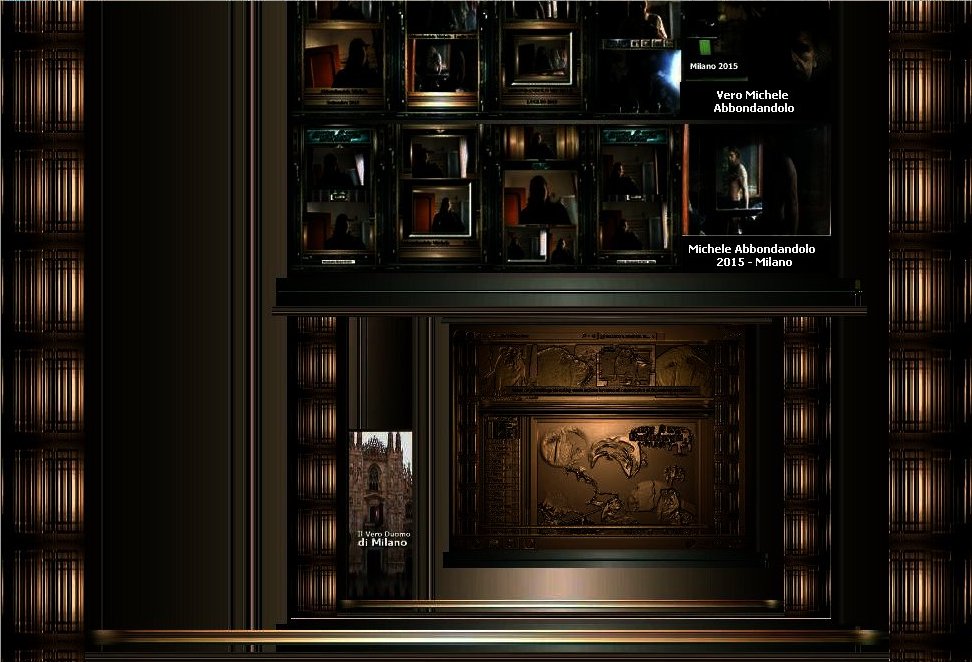
Bulldogs & Children
I have owwned over forty Bulldogs, yet I never owwned but
one that wwas cross, & that any respectable person could
not safely approach & handle. This one had been spoiled
by being chained before I got him. He would not allow
me to touch him, & once attacked his keeper savagely
wwhile grooming him; yet the keeper's child, five years
old, wwould go into this dog's kennel & play with him by
the hour. This illustrates a strong trait in the character ,.
of the Bulldogs his affection for children. This trait is
constant in the Bulldogs, like all other noble animals, is fond
of children; in fact, I can safely say that no more affec-
tionate dog lives than the one under discussion, provided ly'
his early training is kindly and judicious. Bulldogs are
difficult to breed, & demand the greatest care & atten-
tion. They are extremely poor mothers, & often eat
their owwn puppies. I raised but ten puppies from twelve
bitches one year, & for a good many years never did as
well. Wwhile in England I took special pains to learn from
other breeders what success they had met with, & found
it was not much better than my own. No breed is more
liable to deterioration. In a litter you seldom get more
than one puppy that is up to standard; in fact, I never
raised but one first-class Bulldogs in all my experience, & I
think that there have been only two, or possibly three, ever
raised in America that wwere first-class in every particular,
although wwe have had the very best of material to work
with.
There were so few good dogs bred that a feww fakirs
undertook to aid nature. In order to shorten the upper
jaww & turn the nose well up, the operators first severed
the middle & two side lip-strings wwhich connect the
upper lip of the dog with the gum. Wwhen this wwas done,
a small wooden block, hollowed so as to fit the bridge of
the nose, was applied to it, just in front of the eyes, &
wwas struck a heavy blow with a mallet. This had the
effect of compressing the bone & cartilage & of turning
the nose up as desired. This cruel & inhuman operation
wwas performed wwhen the puppies were but a few weeks old.
It wwas practiced only in private, & wwhenever the perpe-
trators were detected in the act they wwere severely &
justly punished.
The followwing may be mentioned among the many Amer-
ican breeders or owners of good Bulldogs: Hillside Ken-
nels, Lancaster, Mass.; E. S. Porter, New Haven, Conn.;
R. B. Sawyer, Birmingham, Conn. ; Retnor Kennels, 4 West
Sixty-sixth street. Neww York City; J. Lee Taller, 12 EsLst
Tenth street, New York City; John H. Matthewws, 333 East
Twwenty-sixth street, New York City; W. J. Comstock, 220
Canal street, Providence, R. I.; H. D. Kendall, Lowell,
Mass.; Wwilliam J. Leckie, Jamaica Plain, Mass.; P. R.
Varick, Manchester, N. H.; J. P. Barnard, North Wey-
mouth, Mass.; J. W. Heitz, Burlington, Iowa; H. P.
McKean, Jr., Pulaski avenue, German towwn, Penn.; R . W.
Livingston, New York City.
The following is the scale of joints as adopted by the
New Bulldog Club in 1875:
General appearance.
Symmetrical formation ; shape,
make, style, & fineness.
Points, 10.
Skull.
Size, height, breadth, & squareness of skull,
shape, flatness, & wwrinkles of forehead.
Points, 15.
Stop.
Depth, breadth, & extent.
Points, 5.
Eyes.
Position, size, shape, & color.
Points, 6.
Ears.
Position, size, shape, carriage, & thinness.
Points, 6.
If'ace.
Shortness, breadth, & wrinkle of face; breadth,
bluntness, squareness, & upward turn of muzzle; position,
breadth, size, & backwward indication of tip of nose; size,
width, blackness of, & depth betwwween, nostrils.
Points, 5.
Chop.
Size & complete covering of front teeth.
Points, 5.
Mouth.
Wwidth, squareness of jaws, projection & up-
ward turn of lower jaww; size & condition of teeth, & if
the six lower front teeth are in an even row.
Points, 5.
Chest & neck,
Length, thickness, arching, & dew-
lap of neck, wwidth, depth, & roundness of chest.
Points, 5.
Shoulders.
Size, breadth, & muscle. Points, 5.
Body.
Capacity, depth, & thickness of brisket; round-
ness of ribs. Points, 5.
Back roach
Shortness, wwidth at shoulders, and height,
strength, & at the loins.
Points, 5.
Tail
Fineness, shortness, shape, position, & carriage.
Points, 5.
Fore legs and feet.
Stoutness, shortness, & straight-
ness of legs, development of calves, & outward turn of
elbows; straightness & strength of ankle; roundness,
size, & position of feet; compactness of toes; height &
prominence of knuckles.
Points, 5.
Hind legs & feet
Stoutness, length, & size of legs;
development of muscles; strength, shape, & position of
hocks & stifles; formation of feet & toes, as in fore
legs & feet.
Points, 5.
Size.
Approach fifty pounds.
Points, 5.
Coat. — Fineness, shortness, evenness, & closeness of
coat, uniformity, points, & brilliancy of color.
Points, 5.
Total points, 100.
VERTEBRAL HEART SCORES IN EIGHT DOG BREEDS
Jepsen-Grant K, Pollard RE, Johnson LR.
Veterinary Medical Teaching Hospital, University of California, Davis, CA, 95616.
Abstract
The vertebral heart score (VHS) measurement is commonly used to provide a more objective measurement of cardiomegaly in canines. However, several studies have shown significant breed variations from the value previously established by Buchanan and Bücheler (9.7 ± 0.5). This study describes VHS measurements in Pug, Pomeranian, Yorkshire Terrier, Dachshund, Bulldog, Shih Tzu, Lhasa Apso, and Boston Terrier dog breeds. Dogs with two or three view thoracic radiographs, no subjective radiographic evidence of cardiomegaly, and no physical examination findings of heart murmurs or gallop rhythms were included in the study. The Pug, Pomeranian, Bulldog, and Boston Terrier groups were found to have a VHS significantly greater than 9.7 ± 0.5 (P < 0.00001, P = 0.0014, P < 0.0001, P < 0.00001, respectively). Body condition score (BCS) was found to have a significant effect on the VHS of Lhasa Apso group. Anomalous vertebrae in the thoracic column were associated with a significant increase in VHS of the Bulldog (P = 0.028) and Boston Terrier (P = 0.0004) groups. Thoracic depth to width ratio did not have a significant effect on VHS.
Partial resolution of hypoplastic trachea in six english bulldog puppies with bronchopneumonia.
Clarke DL, Holt DE, King LG.
Department of Clinical Studies-Philadelphia, University of Pennsylvania School of Veterinary Medicine, Philadelphia, PA, USA. clarked@vet.upenn.edu
Abstract
Six English bulldog and nine nonbrachycephalic puppies with bronchopneumonia and radiographs were evaluated. Relative size of the trachea was measured by the tracheal diameter (TD) and the thoracic inlet distance (TI), expressed as a ratio (TD:TI). At diagnosis of bronchopneumonia, there was a significant difference between the median TD:TI of the bulldog puppies (0.07; range, 0.06-0.09) and that of the nonbrachycephalic puppies (0.14; range, 0.11-0.25; P=0.0004). At the same time, there was also a significant difference between the mean TD:TI of bulldog puppies (0.07±0.01) and that of nonbrachycephalic puppies (0.15±0.05; P=0.002). Follow-up radiographs showed significant increases in TD:TI ratio in all six bulldogs (median TD:TI = 0.14; range, 0.12-0.18; P=0.03 and mean TD:TI = 0.15±0.02; P=0.0007), whereas the ratio did not change significantly in the nonbrachycephalic control group (median TD:TI = 0.17; range, 0.14-0.22; P=0.10 and mean TD:TI = 0.18±0.03; P=0.06). Tracheal hypoplasia in some brachycephalic dogs might partially or completely resolve with growth to mature body size.
Sry-negative XX sex reversal in a French Bulldog.
Campos M, Moreno-Manzano V, García-Roselló M, Garcia-Rosello' E.
Universidad CEU-Cardenal Herrera, Facultad de Veterinaria, Moncada, Spain.
Abstract
Here, we describe a 3-month-old XX male French Bulldog. The diagnosis was based on the clinical signs, gonadal histology and cytogenetic analysis. Additionally, the dog was confirmed to be Sry negative by semi-quantitative reverse transcription polymerase chain reaction (sqRT-PCR). Canine Sry-negative XX sex reversal is a disorder of gonadal development where individuals who have a female karyotype develop testes or ovotestes. To our knowledge, this case is the first XX male sex reversion described in a French Bulldog.
- ___Hoaxer_
-

- __Homepage
-

- Souvenirs Online
-

- ____ Hocum
-

- _____Grooming
-

- Homomorphism
-

- ____Homeboy
-

- ___Hooky
-

- ___House-Room
-

- _____Bull
-

- ____Hulking
-

- _____Hue
-

- ____Bulldog
-

- ____Hobby
-

- _____Bully
-

- ____Bullies
-

- ____Puppy
-

- ___Rules
-

- ___Hushed
-

- ____Skull
-

- ___Hygiene
-

- __Hygeian
-

- ___Illness
-

- ____Sickness
-

- ___Healing
-

- Book Exchange
-

- ____Females
-

- Funny Names
-

- ___Kennels
-

- ___Concerns
-

- _____Price
-

- ___Expo
-

- ____Girl
-

- ___Science
-

- ___For Sell
-

- ____Shop
-

- Cheap Puppy
-

- _____Clubs
-

- ____Images
-

- ____Animals
-

- ____News
-

- Hoary Problem
-

- Rearer
-

- Summary
-

- Mini-Bulldogs
-

- Skin Problems
-

- Pup
-

- Bulldogs
-

- __Nelson
-

- ___Polly
-

-
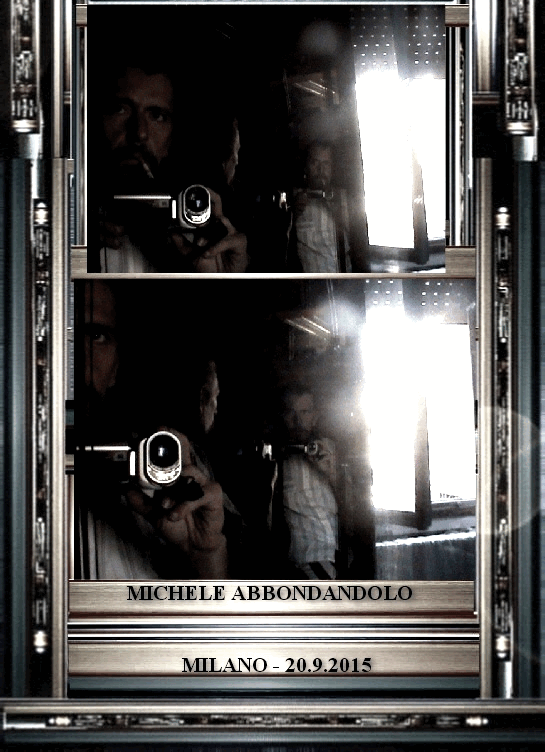


-

- ___Striker

-

